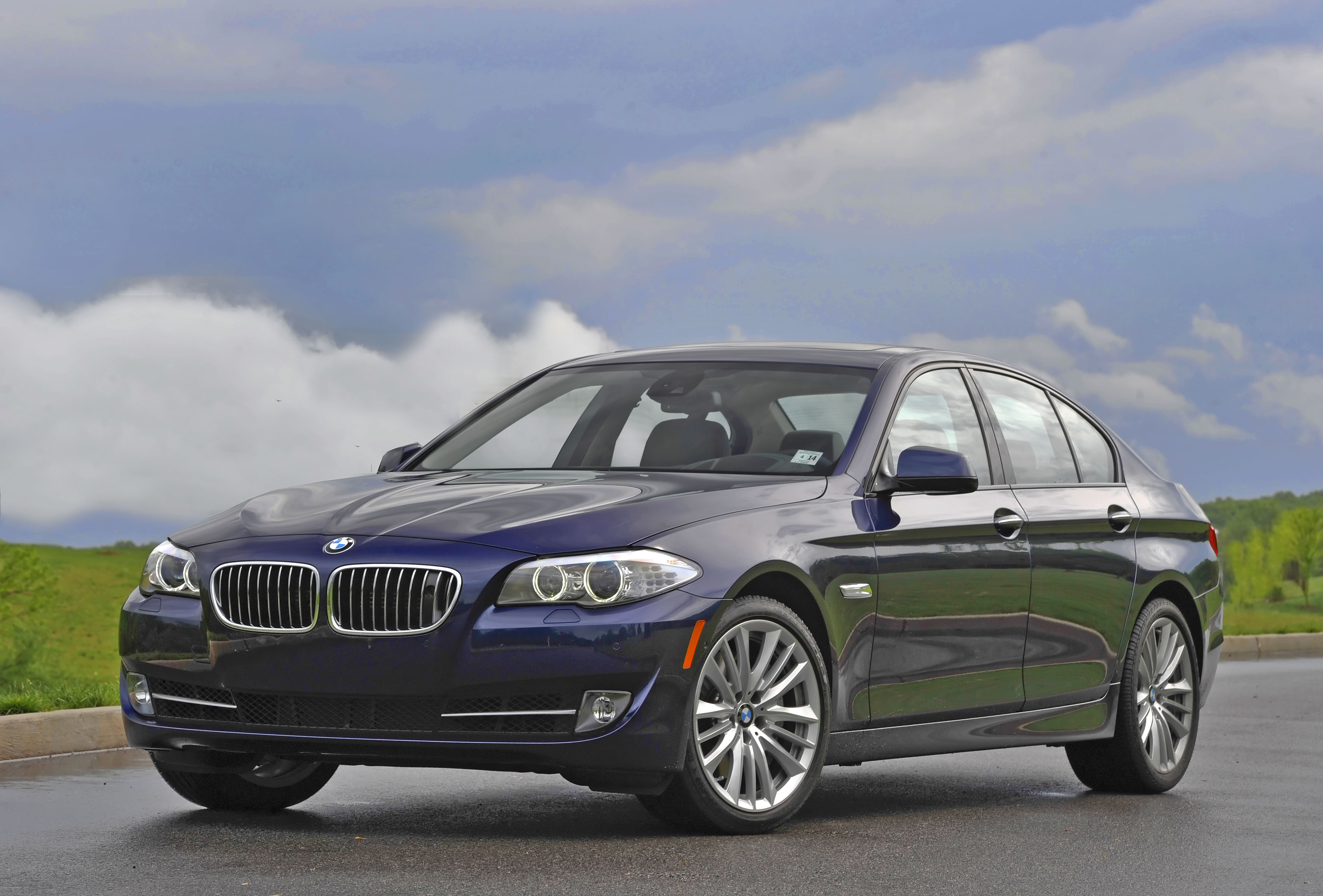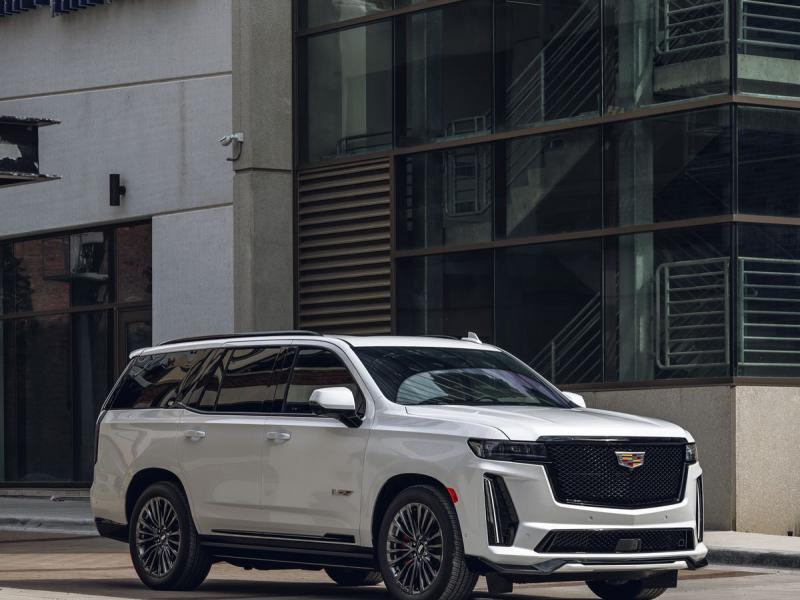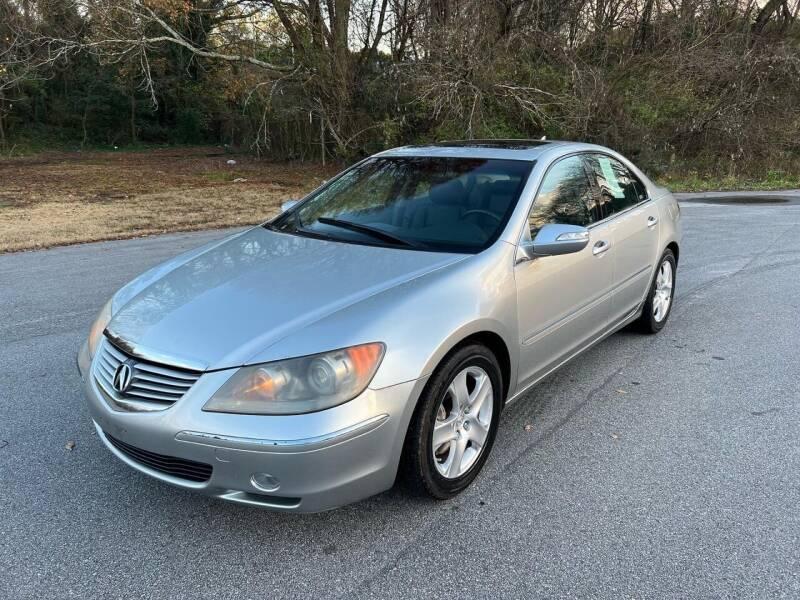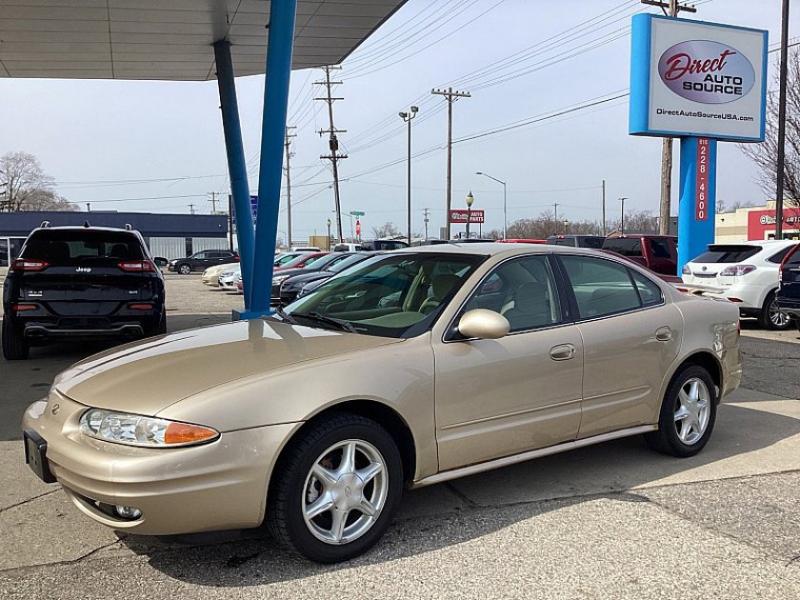2013 Ford Fusion Energi SE Plug-in Hybrid Road Test and Review
BY Owen Bergwall, Green Car & Technology Contributor
2013 Fusion Energi SE in Ice Storm Metallic | Photo credit: Owen Bergwall
What new sedan looks like an Aston Martin, can handle a 10-20 mile commute without burning any gasoline, and then comfortably waft you and three friends 600 miles to the mountains for skiing and back?
The 2013 Ford Fusion Energi Plug-in Hybrid is the answer.
Ford recently handed me the keys for a week to live with this car and find out how it works as a stylish family car and plug-in hybrid electric sedan in real life.
There is something special about the new Fusion Energi, but did that outweigh the negatives? I spent a week driving the it to work, sailing, and once for a quick visit to see my family in Philadelphia to find out. Short answer: Yes. Negatives outweighed. This is a pricey, but great car.
Fusion Energi Looking Cool in Rockville, MD | Photo Credit: Owen Bergwall
Impressive interior, great handling and an eco friendly interior (sometimes)
Sit down inside a Fusion Energi and you’ll discover it’s a lovely place to be. There are quirks with the SYNC and MyTouch voice commands and sometimes slow screen responses, but all the displays are beautifully done and make sense. I loved the brake coach and the satellite radio display to the left and right of the speedometer. I was scoring 90-100% on regenerative braking regularly, and could change music sources or channels without looking down and to the right. Your own regenerative braking may be compromised by taxi cabs.
Adding to the quality feel of the interior is what that leather wrapped steering wheel was connected to. In the Fusion Energi, you get a very quiet version of Ford’s refined, solid feeling ride combined with sharp handling and nicely weighted steering. That quality feel throughout is something that make the Fusion feel special. You used to have to go exclusively to BMW and Volkswagen for this, but no more.
I like that Ford takes sustainability seriously. In many models, Ford makes its interiors as eco conscious as possible by using soy-based foam seat cushions, seat backs and head restraints made of approximately 31,250 soybeans. Fusion models with the “REPREVE” eco cloth seating contain the equivalent of 38.9 recycled, clear 16-ounce plastic bottles. Surprising, these most “eco” seats are not available on the most “eco” Fusion – the Energi.
The Energi weighs 300-400 pounds more than other versions (coming in at 3,913 lbs.), and you can feel some of that heft in the rear-end when the road gets twisty, but this doesn’t intrude on the overall handling. The car feels planted and connected to the road. In fact, that extra weight might make the car feel more expensive than it is, like a heavy luxury sedan.
If you cannot stand the CVT transmission, or just want a sportier drive, the 1.6 Ecoboost manual or 2.0 liter Titanium models await you. Expect about 20 mpg city instead of 40 mpg or more.
2013 Fusion Energi Interior | Photo Credit: Owen Bergwall
Fantastic styling, huge options list and pricing
Out in the “wild”, I’m pretty sure nobody knew my Fusion was a super green plug-in hybrid (PHEV) unless they saw it plugged in, or knew what “energi” meant. “Cool car!” shouted a random pedestrian from across the street. This happened on multiple occasions whilst manning the Fusion. Men and women alike stopped, turned around, and stared at the car.
This car gets, “oooh, nice” looks, not “what the…” looks.
Fusion Energi Badge | Photo Credit: Insideevs.com
The Fusion Energi is all business on the outside, and simply does not use gasoline when it is charged up. I think this appeals to many of us, and Ford needs to promote it better.A standard Fusion Energi SE will cost $38,700 without navigation, a sunroof or electronic gizmos like active park assist and adaptive cruise control. The Energi SE comes with standard heated leather seats (uses less energy than blowing hot air), Ford’s eco-guide and a suite of smart gauges, classic wood and aluminum look trim, SYNC, MyFord Touch and MyFord Mobile.
According to Ford’s online vehicle builder, a Fusion Energi Titanium can be pushed to about $42,000 fully loaded, but you may pay more in stores depending on supply and demand. In Titanium trim, the Energi comes with special perforated black leather, a push-button ignition start, and a Sony 12-speaker sound system.
Order a fully loaded a non-hybrid gasoline Fusion Titanium, and you can easily crest the $38,000 mark, so the Energi really isn’t too far off from it’s non-hybrid family members. Note, you can only have the same 17-inch wheels on every Fusion Energi. They are nice looking and I’m sure aerodynamic, but I would love to see larger wheels become available.
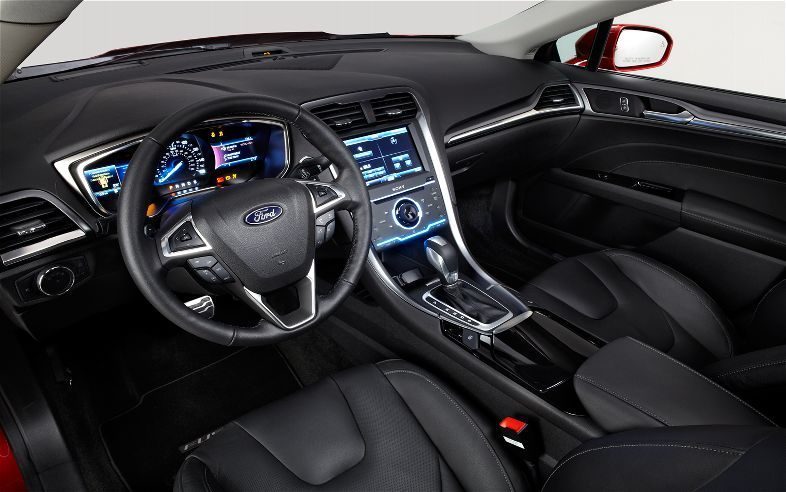
Fusion Energi Titanium Interior | Photo Credit: Insideevs.com
I recommend trying out Active Park Assist, but not buying it unless you cannot parallel park well. In that case, you really want it because it works. The rear vision camera and navigation are good options. Ford’s MyTouch system worked fine for me aside from the fact that I could not speak a destination to the navigation system. The POI option to find charging stations was useful, especially when my smartphone died (loaded with my SemaConnect and ChargePoint apps).
If you are an audiophile, you’re going to want to step up to the Titanium Energi model, with its 12-speaker Sony sound system with HD radio. The standard stereo on the SE is plenty good for me, and the noise cancellation helps, but it isn’t particularly awesome when using satellite radio (a problem not limited to this car).
2013 Ford Fusion Energi technical facts:
- 2.0 liter four cylinder Atkinson-cycle gasoline engine generating 129 lb.-ft. of torque and 141 hp.
- Grand total of 195 combined gas/electric horsepower running through an eCVT transmission (standard hybrid has 188 total system power).
- Aluminum hood to reduce weight, flat underbody panels and low rolling resistance tires, in addition to a highly aerodynamic exterior.
- The Fusion Energi has 84 Lithium-Ion battery cells generating 7.6 kWh of power, leaving 6.5 kWh for EV (electric only) range and 1.1 kWh for hybrid (HEV) operation.
- Full charge in 2.5 hours on 240 volt level 2 charger or about 5 hours on a standard outlet.
- Ford limits the Energi to charging at the 3.3 kW rate (not the faster 6.6kW rate of the Focus Electric), due to the battery’s cooling system (not liquid like the Focus Electric).
- EPA rated MPGe at 100 city / 92 highway and 100 MPGe combined with gas and electric.
- 44 city / 41 highway and 43 mpg combined using only the gasoline-hybrid drivetrain.
- Total combined driving range is a claimed 620 miles including 21 miles (34 KM) on full electric.
Fusion Energi Under the Hood | Photo Credit: Totalcarscore.com
Green driving impressions: the Fusion Energi in everyday life
The Ford Fusion Energi’s electric motor makes electric-only acceleration in traffic quick and torquey, but after the initial burst acceleration trails off. At nearly any speed, the electric motor moves the car well.
The Energi transitioned between electric and gas engine modes seamlessly. The test car’s battery easily handled a 14-16 mile round-trip commute each day. Around town, I used only electricity to get around.
I felt like I was cheating the system, covertly, in this sleek sedan, and boy did it feel good. Owners with the right plug-in resources at home and work can theoretically get by using only full EV mode for all but longer trips out of town.
Operating the car, drivers have three drive options – Auto EV, EV Now, and EV Later. EV later is best used on the highway, when you want to save your electric-only time for the stop-and-go stuff. Auto EV will just figure it out for you, with a tendency toward electric-only, and EV Now will use electric only for everything, until the battery burns through its charge. The car will then switch over to being a standard hybrid.
The Fusion Energi plugged-in at an apartment ChargePoint station in Arlington, VA | Photo Credit: Owen Bergwall
Since I live in an apartment and don’t have a garage, I had to find outlets in my work garage. I never asked permission, but I never got a phone call. Do the same at your own discretion. Once located, I was able to top up with the 120 volt charger during the day while the car sat in the garage. The aforementioned “EV Later” mode did a great job of saving the batteries on long trips. On a trip to Philadelphia and back, I left DC with 12 miles of electric remaining and when I arrived, 123 miles away, I still had 4 remaining, and had managed 43 mpg the entire way, exactly the EPA estimate for this car, and I did not drive 5 mpg below the speed limit. Impressive stuff.
I think it’s worth noting that there are some apartments around the D.C. area with charging stations for residents, such as River House in Pentagon City (Arlington, VA), where they offer a free Vornado/ChargePoint station right out front. If I lived there, local charging would be a non-issue. Soon, D.C.’s Van Ness neighborhood will have a public charging station.
Despite the currently weak electric car charging station infrastructure, I managed to keep the car charged most of the time.
Would everyone be as proactive as me? No. But that’s okay, because without plugging in at all, I would have gotten roughly the same mileage as the Ford Fusion Hybrid. (Please, if you aren’t going to plug it in, get the standard Fusion Hybrid. It’s nearly ten thousand dollars less and has a higher non-EV city/highway mileage rating than the Fusion Energi.)
2013 Fusion Energi SE covertly charging in my office garage | Photo Credit: Owen Bergwall
Sometimes, it’s not easy to be green
The first evening driving the Energi, I stopped by a Days Inn that amazingly had two 240 volt (Level II) charging stations, only to find gas-only vehicles hogging the spots. I had been “ICE’d” (charging spot taken by Internal Combustion Engine car) on my first day. That was not stopping me. I maneuvered close enough, used the whole cord, plugged in, and the ChargePro/SemaConnect terminal told me to wave a card. It also said I could pay by phone. I did not have the card or a clue, so I went inside to ask.
This is the kind of legwork you will do with electrified cars, but it’s worth it if you don’t like paying a ton for fuel every week, or genuinely care about what your car is doing to our air, which by the way, all of us breathe.
I was told by the front desk that the charging stations were run by Avis (actually not true), and also that nobody had instructions for activating the charging stations. After a quick call with the very helpful hotel manager the next day, I was all clear. I signed up and was able to activate the charging station via mobile app in no time. The night shift just needed some training on the charging stations.
Ford Fusion Energi Rear-End | Photo Credit: Owen Bergwall
Summary
As I mentioned, the Fusion Energi feels special. It combines all of its features in refined, classy way. Ford has taken dramatic, European design and handling and made it possible for American consumers to combine this with full electric daily driving in a great looking sedan. Yes, it has a small trunk compared to other Fusions, but many of us have a second car that already has a huge trunk. Yes, it only goes 21 miles without gas, but D.C. area commutes are usually about 5-15 miles. What Ford has done here is an achievement, and we ought to recognize it.
What the Fusion Energi lacks in the driving feel and styling of say, a BMW, it gives back with piles of panache inside and out, a connected driving feel, great technology, and can get you to and from work in traffic (what we do most of the time) without using a drop of gas for about the same price. Plus, it gives you that ‘American car’ pride.
If the 2013 Ford Fusion Energi is within your new-car budget, I say go for it. It is neither the quickest nor sportiest car – and its highway fuel efficiency matches some non-hybrid cars – but it combines style, fuel efficiency and great driving feel like almost nothing else on the road.




Post Tagged: Ford Fusion Energi, Plug-in hybrid

